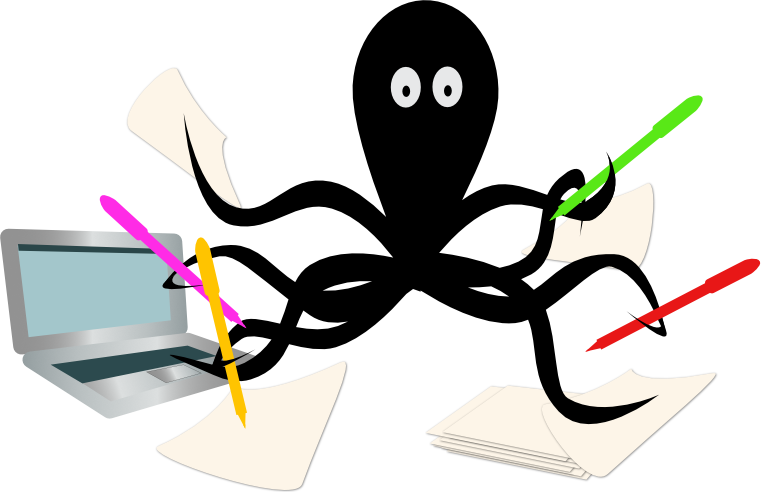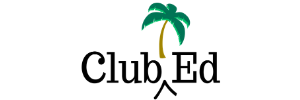How to Get Started in Developmental Editing
You probably landed here because you like books. Maybe you’ve always wanted to be an editor or maybe you think it would be a good side gig to get into. But you don’t know exactly what being a good editor means or how one would go about acquiring the necessary skills to do it well.
You’ve come to the right place. I’m a book editor and have been for more than twenty years, most of them as a freelancer with many clients, although some of them under contract with a publishing company. For the past seven or eight years, I’ve taught classes in book editing, which we call developmental editing or story editing.
What Is Developmental Editing?
Developmental editing of fiction is the art of helping novelists improve their stories. It may be other things as well, but fundamentally, developmental editors help writers become better storytellers. That’s it.
That means we don’t care about whether the commas are in the right place. We care about the big, or at least the bigger, picture – plot, structure, character development.
Unlike copyediting, where we have rule books to follow (The Chicago Manual of Style, the dictionary), in developmental editing, just about everything we do is entirely subjective. Two editors can legitimately disagree about the quality of a manuscript, whether it has identifiable weaknesses the author should address, the nature of those identifiable weaknesses, and how the author might address them.
This means you’re never “right.” Let go of the idea that being “right” or “correct” has any place in the developmental editing process. Being informed certainly does. Educating yourself is crucial. Using professional methods is essential. But you’ll never be right that the protagonist’s motivation isn’t clear the way you can be right that purple is spelled p-u-r-p-l-e.
Similarly, you must also release the idea of editing as “correcting” the manuscript. Developmental editing is not about correcting anything. Sure, fix those egregious errors as you go along. But our purpose is to guide the author in writing the best book s/he can manage, not to agonize over the correct punctuation for a series of appositives.
Some basic facts about freelance editing are here.
Basic Assumptions
Before I get too far along, I want to share some caveats and explanations (setting expectations is Job #1 for a developmental editor):
- This website is meant for aspiring and established developmental editors, although we do also talk about copyediting and line editing.
- The focus is on editing genre fiction (romance, mystery, etc.). Typically, this is the type of fiction a freelance developmental editor is likely to have the opportunity to edit. It’s also easier to learn how to edit genre novels because conventions and reader expectations help shape our judgment.
- I’m assuming that you work, or plan to work, as a freelancer. The pool of people who have staff jobs at book publishing companies is actually quite small. Freelancing is where a significant amount of work can be found. The basic principles are the same no matter who you’re editing for, but when I mention “working for publishers” I mean working as a freelancer who is editing manuscripts that have been outsourced.
- Most material is about editing manuscripts for adults. While we look for many of the same issues in children’s and young adult (YA) books, they require a special approach. I’ll touch on some of these differences occasionally but be aware that not everything I talk about applies to children’s and YA editing.
- I focus on book-length fiction, since that’s where the majority of freelance work is available. While it’s possible you may be asked to develop short fiction (either by a publication or an author), most published fiction is book-length—that is, about 50,000 words and up.
- When I talk about indie authors, I mean independent (usually self-publishing) authors. In other words, the author, not a third party like a publisher, is paying you for your work. I also talk about beta reading, which is feedback from a reader (such as a friend or fan) that an author solicits before hiring an editor. This helps the author fix the more obvious problems ahead of time.
All aspiring editors should read widely in the genres they would like to edit. You need to know what authors are doing and how and why they’re doing it.
You also need to sharpen your critical judgment. What makes one book more compelling than another? When and why do you lose interest (or keep turning the pages)? Look at work by popular authors as well as critically acclaimed authors (these are rarely the same thing). Think about the differences in how they approach their writing and why.
As well, read widely about the craft of writing. This will acquaint you with common problems writers experience and the general advice writers are given. This will help you understand how to advise them and will also help you understand some of the decisions they’ve made.
While my goal is to provide as much information as I can to help you get started, developmental editing is not an entry-level position. It has a steep learning curve. You can read books and take classes but the only way you’re going to get good at developmental editing is by doing it. Make friends with some writers and get to work.
Order of Operations
In traditional publishing, the acquisitions editor (AE) acquires the project from an author, then passes the project on to the developmental editor (DE) along with any specific developmental concerns the AE might have. The DE will edit the project looking for typical developmental issues as well as addressing any concerns the AE has raised.
When the edit is complete, the DE returns the manuscript (ms) to the author, who does the revision. The DE generally oversees the revision, answering the author’s questions about the edit.
When the revision is returned, the DE reviews it to make sure the revision has adequately addressed the concerns raised in the edit, then typically sends it on to the AE, who hands it off to the copy editor (CE) to clean up any outstanding sentence-level issues (style, typos, etc.)
A proofreader then reviews the galleys (usually a PDF of the laid-out book, although sometimes an actual print book) and corrects any final egregious errors. Each editor has a distinct area of responsibility and a clear function.
When working with indie authors, the editorial process is generally more compressed. It’s unlikely that the author will commission three separate editorial rounds, as occurs in traditional publishing.
Even so, the editorial process should move from the general (big picture) to the specific (sentence level). DE takes place before CE and CE takes place before proofreading. There’s no point in copyediting a chapter that might be cut or completely rewritten during the author’s revision process.
Join the Club!
New to story editing? Begin at the beginning.




